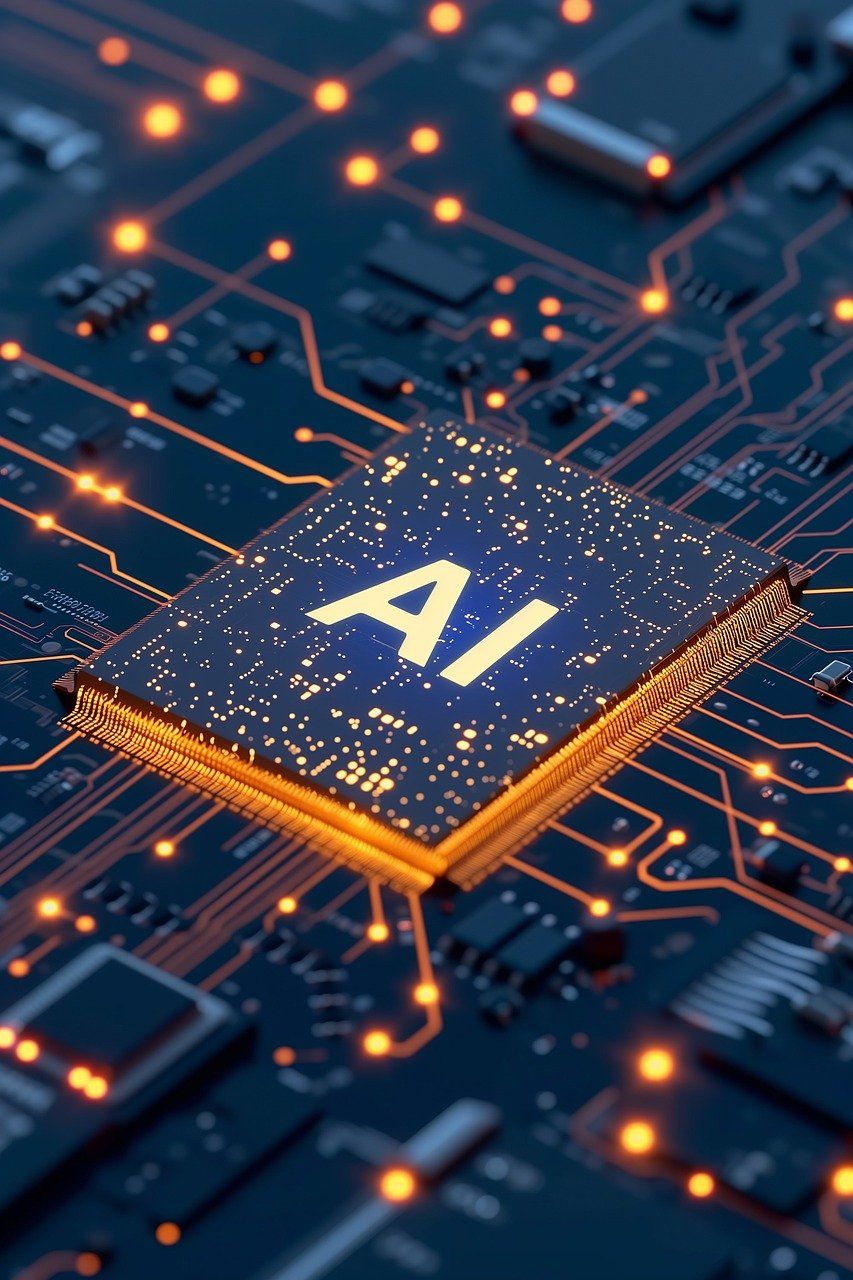
Artificial Intelligence (AI) is a term that generates excitement and fear alike. From powering chatbots to creating deep-fakes, AI is embedded in many aspects of our daily lives, sometimes in ways we barely notice. However, the complexity and jargon surrounding AI can be intimidating for those unfamiliar with it.
In this article, we’ll break down AI terms and concepts, demystify how AI works, and guide you on where to explore AI for yourself. Whether you’re curious, cautious, or both, this guide will provide a foundational understanding of AI and its impact on society.
Artificial Intelligence refers to the ability of machines to perform tasks that would typically require human intelligence. The term was coined in 1955 by computer scientist Marvin Minsky, but AI in the modern sense usually refers to machines that can “learn” and adapt, rather than just following programmed instructions.
In its simplest form, AI allows computers to recognize patterns in data, make decisions based on those patterns, and improve their performance over time. AI models are trained on vast amounts of information and can now process huge datasets faster than any human. This has led to systems that can do everything from answering questions to creating art and even driving cars.
Reinforcement learning is the most basic form of AI training. It’s based on a trial-and-error process, where an AI learns by receiving feedback from its actions. For example, an AI that plays chess might be rewarded for winning and penalized for losing. Over time, it learns which strategies lead to success.
LLMs like GPT (used in ChatGPT) are one of the most common forms of AI today. These models are trained on billions of words from across the internet, books, and other texts. They predict what words or phrases come next in a sequence, making them useful for tasks like answering questions or generating text.
GANs are used to create new content, such as music, art, or even realistic images of people who don’t exist. They consist of two neural networks: one generates content, while the other evaluates it. The generator improves by learning what the evaluator deems “real” or “fake,” eventually creating content that’s hard to distinguish from reality.
Symbolic AI is a more traditional approach to artificial intelligence, where systems are built using rules and knowledge rather than by learning patterns from data. While less popular today, it can still be useful for specific applications, like reasoning based on structured knowledge.
Chatbots are AI-powered tools designed to have conversations with users. These systems are trained on enormous amounts of text and use natural language processing to understand and respond to prompts. The most well-known example is ChatGPT, a chatbot that gained 100 million users within two months of its launch. Chatbots can write essays, summarize information, and generate text that feels almost human-like, although they sometimes make mistakes.
At their core, chatbots use large language models. When you provide text input (like asking a question), the chatbot predicts the most appropriate response based on patterns it has learned from its training data. However, chatbots don’t “understand” in the same way humans do. They predict what comes next based on probabilities, which can sometimes lead to plausible but incorrect responses.
Deepfakes are AI-generated images, videos, or audio clips that convincingly mimic real people. While they can be used for entertainment (like creating fake videos of celebrities), deepfakes also raise concerns about disinformation and fraud. As this technology improves, detecting deepfakes becomes more challenging, and experts warn of scams that could arise from these AI-generated creations.
This question often sparks anxiety. AI is already transforming industries, from finance to customer service, by automating tasks that were once done by humans. Tools like Otter.ai for transcription and Google Translate for language translation are examples of how AI has changed certain professions. However, many experts believe that, in the short term, AI will complement human work rather than replace it entirely.
For example, lawyers may use AI to draft documents, but human oversight will still be essential. AI is likely to take over routine tasks, allowing humans to focus on more creative or complex aspects of their jobs.
Some of the biggest fears around AI stem from concerns about its potential to cause harm. There are worries about AI in weapons systems or drones, as well as fears of an unchecked AI causing financial instability through glitches or biases in decision-making systems.
Leaders in the field, such as Elon Musk and Bill Gates, have warned of AI’s dangers, and there are increasing calls for regulation. Musk has even suggested that AI poses a greater threat to humanity than nuclear weapons. Despite this, most experts agree that while AI presents challenges, it can also be a force for good if regulated properly.
If you’re curious about experimenting with AI, here are some popular and accessible tools:
For those who want to dive deeper into AI, several resources can help you explore and understand this fascinating technology:
AI is a rapidly evolving field, and staying informed is key to navigating its opportunities and challenges. Whether you’re interested in using AI tools or learning more about how AI will shape the future, there are plenty of resources and applications available to help you get started.
By understanding these AI terms and concepts, you can better appreciate the profound impact this technology is having on our world—and explore it yourself without fear.